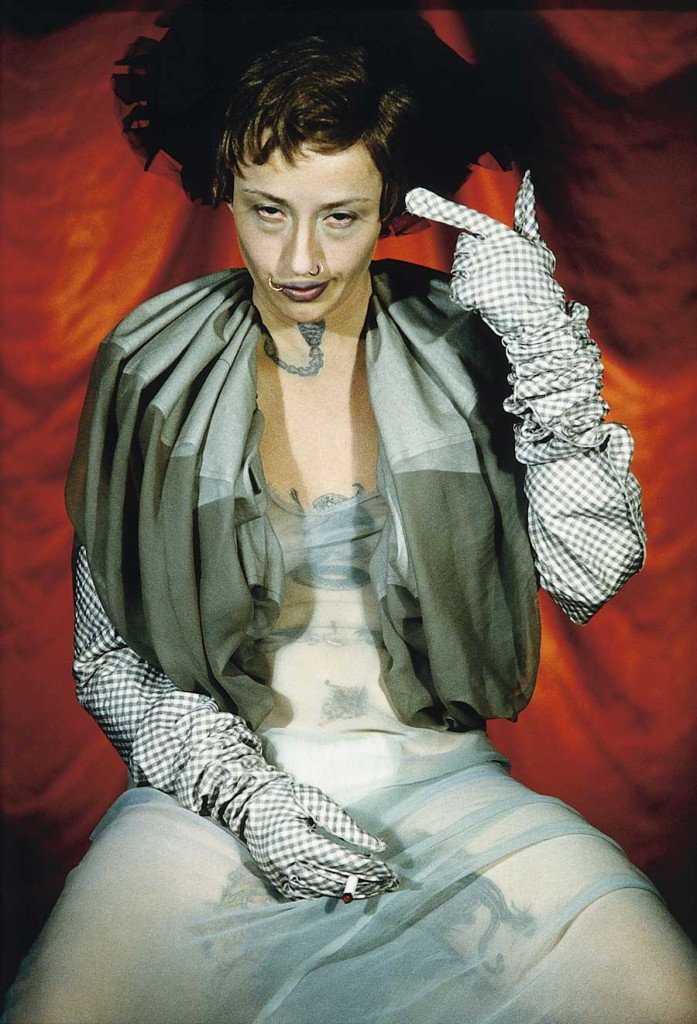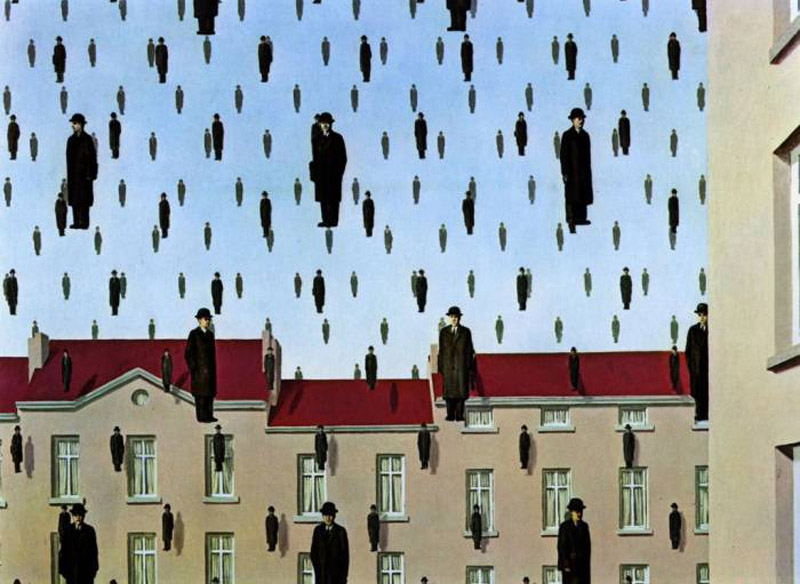Our present period,at least in the Western world, is in difficulties about its heroes. Heroism, understood as courage in action, we can still recognize and applaud; but the individual hero, defined as the personification of what the age tends to be, has become a wraith. Heroes will not thrive in every moral climate; today they do not seem to thrive in the English speaking world outside of Greece which is their natural habitat; the going has always been lumpy and uneven. But this has never stopped the hunt for the hero.
Such was the motivation for Robert Bolt’s Man for All Seasons which marked the hero with beauty, elegance and fine speech and a concern, in the subject of Sir Thomas More, with wit and lofty, universal issues; an accessible humanity delighted in the duel of intelligence and immersed deeply in the love of his God. He is a pivot to the conscience of the Christian world, at ease, and perhaps the most reasonable man of his age, one where reason and faith can be synonymous.

—Ostensibly a team dating back to the 1940s, they of course are a modern invention of Alan Moore and Chris Sprouse using various public domain characters from Nedor Comics.—click image for source…
But to our eyes, More is also a man in a frame: he could have been painted by Hans Memling. Bolt conceives him as perfection made animate. There is not much room for movement in that concept, and, be what it may, movement is the substance of our society. We are defined not by our creeds, but by our orbits; our science is a system of relative truths, our souls are the sums of warring impulses.
So to say of a character that he is perfectly good is as estranging as if one were to say that he or she is completely mad. We cannot relate to such people. Bolt’s Thomas More is as still as a tapestry.
(see link at end):Joseph Brean:Among the hard truths revealed by the Cleveland kidnapping horror was the awkwardly accidental nature of heroism.
Angel Cordero, 32, the Spanish-speaking unhero of the tale, reportedly did as much as the quotable dishwasher Charles Ramsey, 43, to help the first victim escape. But unlike the Internet-sensation Mr. Ramsey, Mr. Cordero is not seen as a hero, a strange social status that virtue does not guarantee, nor vice preclude.
That much was certain as news broke of Mr. Ramsey’s history of domestic violence, which hardly seemed to matter. Once the instant hero narrative is set in motion, it can withstand a few revelations. As Mr. Ramsey told CNN’s Anderson Cooper, “We bleed the same blood, put our pants on the same way.”

—As her own model, the artist manipulates her image into a multitude of compelling characters, often evoking another era and always challenging the stereotype.—Cindy Sherman. click image for source…
“A hero does not stand still in popular imagination,” wrote the British historian Paul Johnson in Heroes, a survey of the type. “Livingstone, an outstanding hero of the Victorians, and still venerated in my childhood, is now described as a racist, and his interlocuto
anley, hero of one of the most famous meetings in history, as a mercenary journalist.”Katherine Barber, editor of the Oxford Canadian Dictionary, sees overuse of the word “hero” as symptomatic of a wider trend toward hyperbole, as in “historic,” “epic” or “odyssey.”
Misuse of a word in cliché can push the boundaries of its meaning, even cheapen it. But hero is such a special word, it almost rises unbidden from exceptional situations, even when it does not fit.
As with courage and cowardice, heroism is judged by circumstance, not just feelings. In the case of the heroic bystander, it requires someone to be saved. In the case of the fallen hero cop or soldier, it requires someone to die.
A hero is “a paradigm who bears the possibilities of life, courage, love,” according to the late Bill Butler, author of Myth of the Hero.
Barely definable, we know it when we see it, and we saw it in Mr. Ramsey’s story of kicking down a door to save an imprisoned woman. It conjures memories of folk heroes …
But it is the instant heroism to a stranger that best reveals the quirks of hero worship, and how it dictates a narrative for averted calamities.
It is not fair to men like Mr. Cordero, but when someone is saved, a hero instinct kicks in, and we seek candidates, making the case for whomever we find, even at a stretch, and ignoring less obvious possibilities.
At the pathological extreme, the urge to be seen a hero can be so twisted and vile that it shows itself in psychopaths like Mick Philpott, the U.K. father of 17 who killed six of them by arson in a plot to stage their rescue by himself, the would-be hero.
More commonly, the urge leads to pithy exaggerations. Many of the “hero” dogs and cats honoured this week by pet food maker Purina, for example, had done little more than wake up their owners before or during a medical emergency they would survive.
Similarly, Titan, an Ontario police dog, tracked a suicidal woman in a storm in a forest, doing his job successfully, and suffering no personal harm other than getting wet. He probably had fun. But he is lauded as a hero because someone was saved from death, as if that were enough.
…Hero was a priestess whose lover Leander each night swam to her across the Dardanelles, a strait in modern Turkey, until he drowned in a storm and she threw herself into the sea for grief.
This notion of a person killed senselessly, but for love and loyalty, inspires the military and police view of heroism, in which even the officer who was recently killed in a traffic accident in Guelph, Ont., while responding to a call is rightly eulogized as a hero, having died while protecting the public, even if not by a bad guy’s gun.
It also inspired the Highway of Heroes, the route from CFB Trenton to a coroner’s office in Toronto taken by the bodies of men and women killed in service of Canada, no matter what fatal misfortune befell them in Afghanistan. The first four of these heroes, for example, died by friendly fire in a gruesome mistake by a U.S. fighter pilot, which did not fit the heroic military stereotype.
Unlike Hero the priestess, the uncapitalized “hero,” originally meant something closer to protector or defender, who saves against danger.
Miriam Polster, a Gestalt therapist and professor of psychiatry at the University of California San Diego, wrote in Eve’s Daughters: The Forbidden Heroism of Women, that the cultural history of heroism has tended to favour the derring-do of men, and so has “obscured the heroism of women.”
…She shuns the word “heroine,” which is too often associated with literary characters, as if every female hero must stand in the company of Anne Shirley or Pippi Longstocking.
The plain, genderless word “hero” is so compelling it “dwarfs” other words, she writes. “I have never heard a woman say that another woman is her ‘heroine.’ She says, ‘She’s my hero.’” Read More:http://news.nationalpost.com/2013/05/10/rescue-of-kidnapped-cleveland-women-a-study-in-the-nature-of-heroism/
A more realistic hero in Bolt’s play is The Common Man. he is More’s valet, a boatman,a spy, a tapster,, a jailor, and ultimately as More’s headsman. Bolt uses this character to lend crispness and speed to the proceedings and to season More’s solemn deliberations with shrewd digs in the ribs. To Bolt, the Common Man is a sort of gargoyle, an adornment to which he invites the reader to remember who they are and disown the fellow. But we cannot. For Bolt’s gargoyle is a surviving sort of man, and that is what we are- surviving sort of people.
The lyric grace of God’s truth are beauties that fade with poignant speed. What remains strong and warm in the mind is the ape at Sir Thomas’s elbow, the antic opportunist who claims no more for himself that that his humanity is a persistent germ on the earth. It is a bitter kernel within the rich fruit of humane and elegant poetry, though it was not the point intended. But adoration does not make heroes; recognition is what what counts.






 COMMENTS
COMMENTS